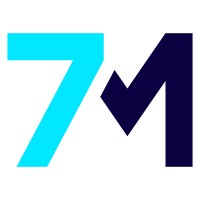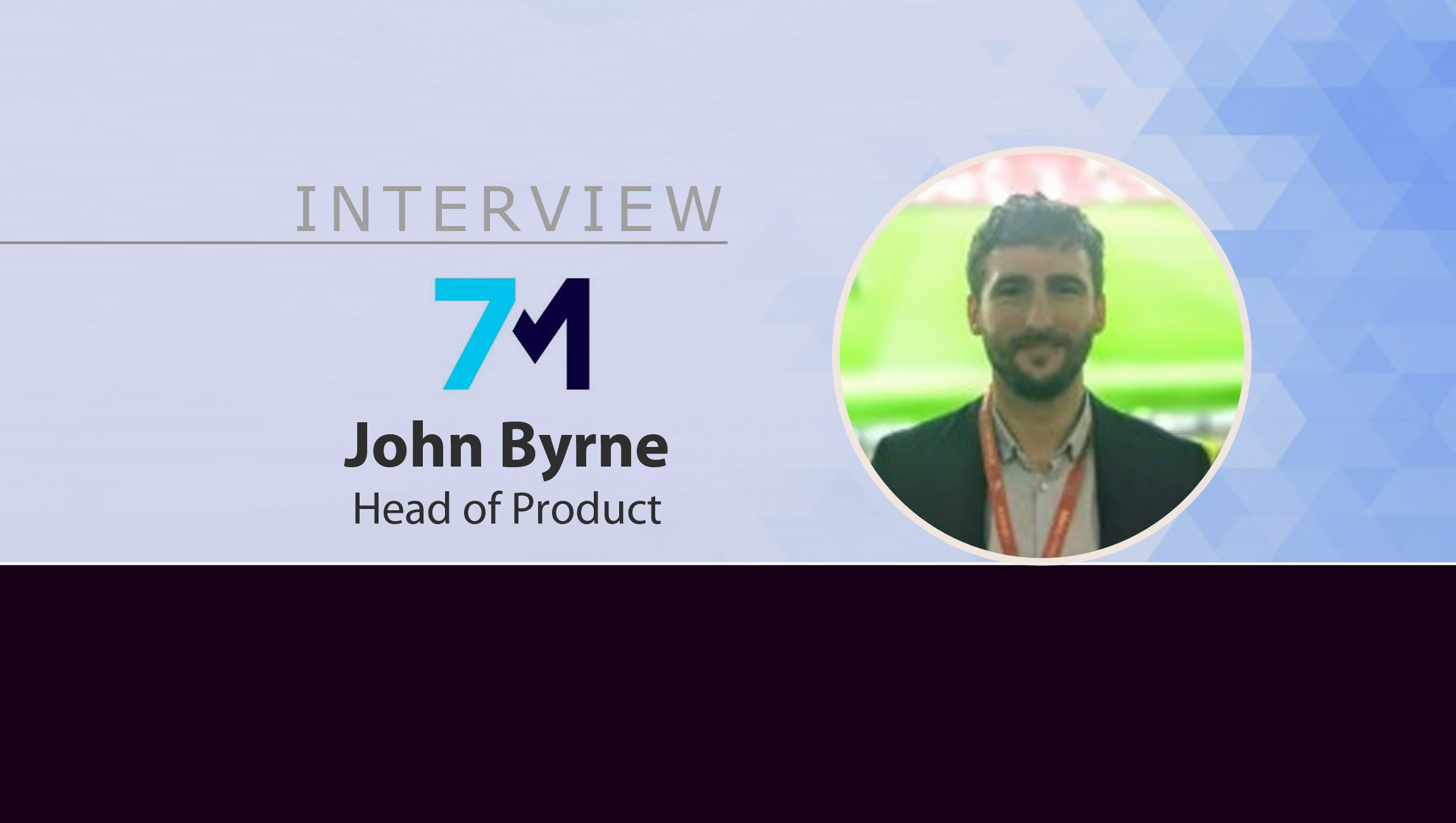John Byrne, Head of Product at 7th Minute chats with us about the top concerns on every advertiser’s mind and what trends are set to redefine the TV ad landscape for brands: ______ 7th Minute’s unique TV Insights platform combines TV data with the capability for immediate digital action. Our patented technology scans and reads programme subtitles in real-time and enables us to gather every word said across UK free-to-air TV and selected subscription channels (for the programmes themselves and the ad breaks); in terms of word volume it’s roughly the equivalent of a copy of War and Peace every four hours. That’s a huge amount of new data being created each day and it’s available for brands, agencies and advertisers to use for planning, pitching and competitor analysis. Our dashboards are packed with charts and data that can be slotted into presentation decks. TV also offers a steady stream of ‘moments’ that brands can take advantage of with the trend for ‘second screening’ – a TV ad or mention on a show, can be reinforced with a digital ad on a mobile device for example. And it’s not just TV; brands can use signals such as sporting moments or weather to take action. Initially a managed service, our new cloud-based platform makes this data directly available to customers. It’s an exciting time for the business as we’re building one-of-a-kind technology that solves a common problem faced by brands and advertisers: it’s difficult to get a clear idea of what’s happening in the TV landscape and, without this, leverage TV through digital campaigns. Having previously worked on many of the internal tools, my role now is to get this TV data into the hands of customers (both brands and agencies) so they can use it to quickly and easily find relevant insights and take advantage of TV moments in order to benefit overall advertising campaigns. Marketing Technology News: MarTech Interview with Alexander Knudsen, VP, Solutions Engineering at Amobee The lack of harmonisation across ad platforms is a significant issue. Digital media campaigns for example often require someone on the ground out-of-hours to activate live ad copy or social media feeds, the content of which will depend on events happening in real time. This is particularly true of sporting events that, by their nature, tend to take place during ‘leisure’ time – or possibly in a different time zone. The 7M platform makes this a thing of the past, using automation to deal with the disconnect. A data point that always resonates with customers and prospects when we demonstrate our app is TV Share of Voice (SOV); essentially this is the equivalent of the all-important impressions share in paid search. And what’s great is that we include mentions of a brand in TV content and TV ads, allowing advertisers to compare their SOV against their key competitors and monitor it over time. Another challenge is standing out from the crowd. As the digital ad market matures, most of the tools available are provided by a small number of major tech companies. Despite their best efforts, the limited choice makes it harder and harder for agencies to differentiate themselves when pitching for new business – or when looking for new creative solutions for existing clients; winning frequently comes down to nothing more than price. On top of that, joining the online conversation can often seem daunting, particularly for brands that don’t have deep pockets. However, it’s not necessary to sponsor an event to carve out an individual narrative. The 7th Minute technology lets brands piggyback off big occasions (such as the various major sporting tournaments taking place this year) and put their specific message in front of an engaged audience. 7th Minute is set up to be an end-to-end solution. For example an agency can use our tools at the very beginning of its sales journey with a potential client; our data allows interesting nuggets to be pulled into the pitch and illustrates this by adding slides to the deck – thereby allowing the agency to stand apart from others. Once it has its new client on board it can continually monitor the TV landscape and deliver innovative advertising solutions with 7M’s real-time digital actions. One of the ways we consistently help is by explaining the ‘why’ behind a spike in online search activity for a brand on a given day. Our Discovery Reports can show a user (in seconds) that a surge in demand followed their brand being mentioned on a prime time TV show; we’ve seen this occur for clothing, food, wine – and even vacuum cleaners. Without access to TV data, this kind of activity can leave brand managers scratching their heads. Also, by enabling advertisers to reach large audiences, at scale, in real-time and with contextual information, it alleviates the looming death of the third party cookie. TV curates large audiences to do the same thing, that is turn to their phone and search. 7th Minute can allow brands to reach these users with custom messaging to take advantage of this primed audience. In summary agencies adopting the 7M Platform can add a string to their bow when pitching for new business or upselling to existing clients – regardless of their size; TV activation and insights can be a great way for small to medium sized agencies to compete with the larger outfits. Marketing Technology News: MarTech Interview with Ranjan Kumar, CEO and Founder of Entropik Tech Traditional media now shares its once exclusive status with the various digital channels – but it still has a huge part to play in long term brand success. TV also has a significant multiplier effect. For example, Thinkbox’s 2019 study ‘Demand Generation’ (conducted with Wavemaker, Gain Theory and Mediacom) found that TV boosted the performance of other media channels used in a campaign by up to 54% and that it drives about a third of paid search sales. TV ads also have a long-term effect. Many people will have their own favourites; personally I remember Guinness ads from years ago, while the four-word phrase ‘Belly’s gonna get ya’ from a 20-year-old Reebok ad still conjures up a strong mental image… Digital is a vital piece of the puzzle to ensure that the audience can find the brand when they want to and are reminded about it when they’re online – but it rarely has that longevity. Knowing what competitors are doing can be a challenge, from both a digital and TV perspective. Facebook’s Ad Library can be an excellent source of information, allowing users to see rivals’ initiatives and when they began. LinkedIn has a similar feature for ad analysis and Moat does the same for display, while SimilarWeb provides a feel for the marketing mix deployed by the competition. Google Trends can be a helpful tool when analysing demand across competitors and product categories, with Google Category Trends acting in a similar vein. More recently, the death of the third party cookie has become the topic on the tip of everyone’s tongues. Although the delay in this happening offers a stay of execution, no-one can afford to bury their head in the sand about it – tempting as this is (not least because there is not yet a real solution). Outside these issues, there is also the risk of impacting longer-term growth through an over-focus on the bottom of the sales funnel. Concentrating on quarterly goals makes it easy to lose sight of what’s needed to achieve long term growth. A pay-per-click (PPC) campaign or running an offer on the product can generate quick wins, but long term growth usually depends on doing what’s more difficult to measure in the short term (investing in SEO and building the brand for example). To quote an old adage, the best time to plant a tree is 20 years ago, the second best time is now. More sources of data give marketers an advantage. For example, they can learn when and where their key competitors are advertising and even what TV programmes are talking about their products. However, advertisers have a real edge when they not only understand when and where they or their competitors can be found in the TV landscape – but can then action contextually relevant digital advertising in real-time. For example, an advertiser might want to turn off brand PPC activity when its TV ads are on so that its SEO can pick up the traffic; it sounds counter-intuitive but can be highly effective in the right situation. TV provides the marketing framework that other channels can work with. When a TV ad talking about a specific deal is on air, the relevant creative across the display and paid search campaigns can be automatically switched on. Advertising can be even more powerful when the various channels work together. It’s easy to be swayed by the multitude of platforms and tools available to manage workloads, but trying to adopt too many at once uses up valuable time and energy that could be best spent elsewhere. There’s still a lot to be said for a simple Google Sheet for collaboration! It’s also important to continually up-skill and learn new things. This is true for any industry, but never more so than in the advertising sector, which continually innovates and changes – and in the process opens up opportunities for anyone with the knowledge to seize them. Marketing Technology News: MarTech Interview with Meyar Sheik, President and Chief Commerce Officer at Kibo Its 7M proprietary technology uses automated content recognition (ACR) to turn TV images into usable data. Content from broadcast programmes and ad breaks across linear digital TV and satellite TV is processed, subtitled and organised to allow brands and agencies to query contextual real-time and historical TV data for insights and measurement to inform their advertising tactics. Activity enabled by the 7M Insights platform includes: ‘moment marketing’, whereby advertisers undertake cost-effective, contextual advertising in real-time based on TV events that are relevant to their brand; analysis of broadcast trends and competitors’ advertising activity; and measurement figures that show the effectiveness of broadcast media and which contextual moments generate commercial opportunities. The company takes its name from research that shows the seventh minute of a football match is when users are most likely to engage with an advertising message. Initially a managed service, it launched an Insights-as-a-Service platform in 2021. John Byrne is the Head of Product at 7th MinuteWelcome to this MarTech Series chat John, tell us more about the 7th Minute platform? We’d also love to hear a bit about your role there!
What are some common challenges you see marketers and brands struggle with today in digital and traditional marketing environments?
Can you talk about some of the ways in which 7th Minute is built to help?
In a largely digital marketing and digital selling world, why do you feel brands and marketers need to still compliment online efforts with traditional media (TV, other)?
What are some of the biggest challenges facing advertisers today in both the digital and traditional campaign space? A few tools that you feel should be used to help alleviate them?
As the need for deeper intelligence and insights grows, in what ways do you feel marketers and advertisers need to use better data to streamline their media mix and processes?
A few last thoughts and takeaways for product leaders to keep in mind through 2021?
 7th Minute is a broadcast data company.
7th Minute is a broadcast data company.
Don’t miss, some of our latest episodes of the SalesStar Podcast:
Episode 89: Demand Gen And B2B Marketing Tips: With Gil Allouche, Founder & CEO At Metadata.Io
Episode 88: The Impact Of Sales Automation On Sales Processes: With Pouyan Salehi, Co-Founder And CEO Of Scratchpad
Episode 87: B2B RevTech And SalesTech Trends With Thiago Sá Freire, Chief Revenue Officer, Chorus.Ai (A ZoomInfo Company)











